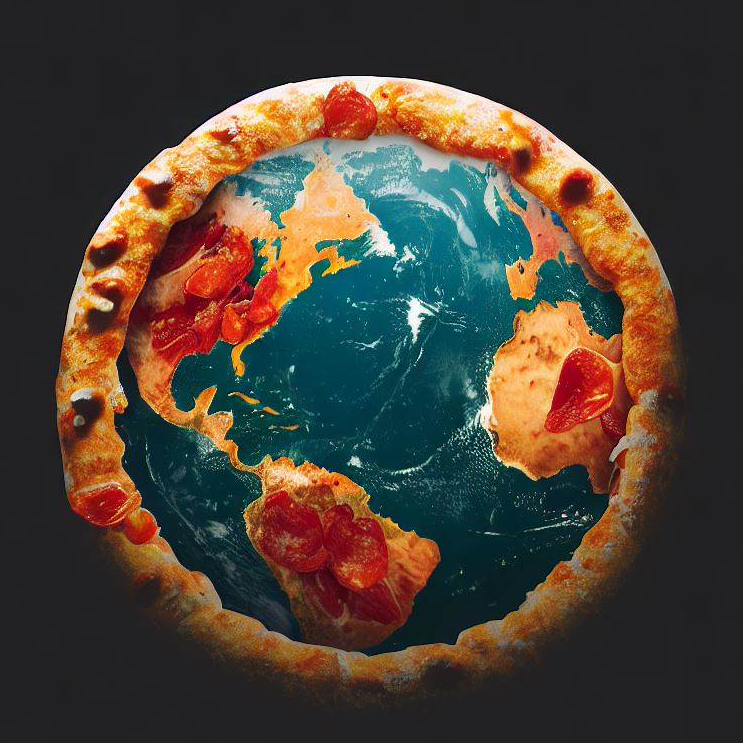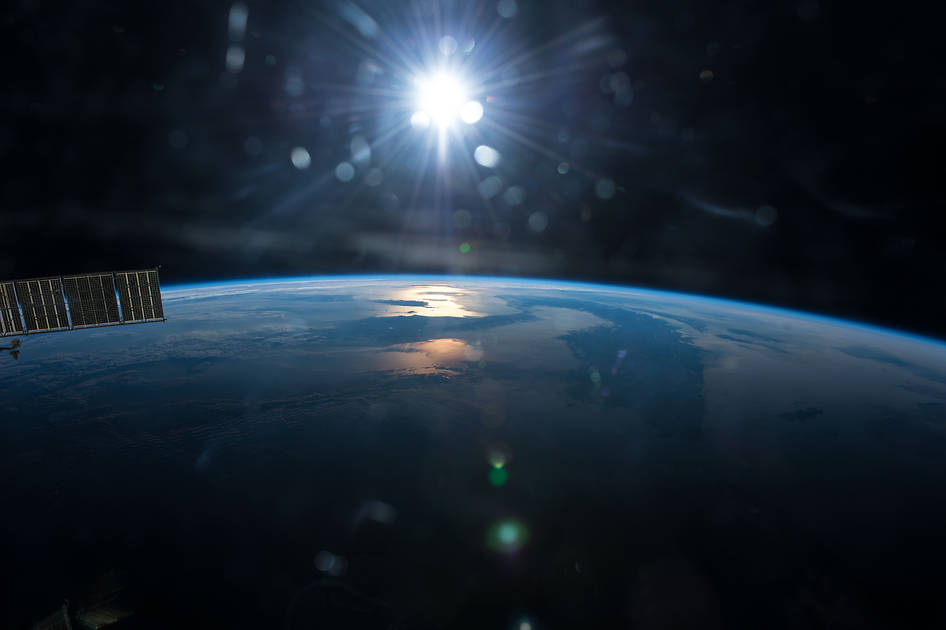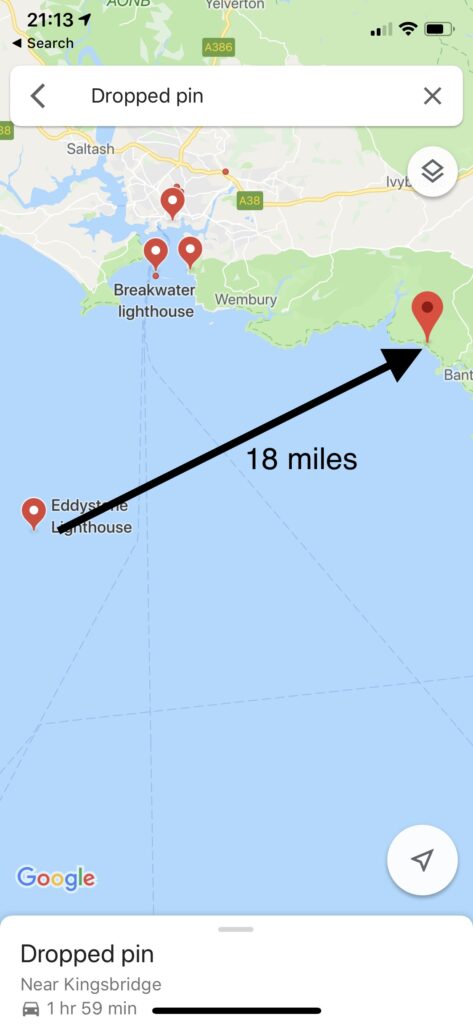The curvature of the Earth, widely accepted since the Ancient Greeks first proposed it, forms the foundation of our navigation systems, space programs, and even our daily weather forecasts. However, some groups, such as the flat Earth community, dispute this view. One of their claims is that images of Earth’s curvature taken from the International Space Station (ISS) are manipulated or distorted through the use of fisheye lenses.
To address this myth, it’s essential to understand the science behind viewing Earth from space.
What Can Astronauts See from the ISS?
The ISS orbits Earth at an altitude of about 408 kilometers (253 miles). From this vantage point, astronauts can see approximately 18% of Earth’s surface at any given time. This fact dispels the myth that astronauts can see an entire hemisphere of Earth, a claim often incorrectly made by flat Earth proponents. The diagram below shows the area on Earth that the ISS can see at any given time, that area appears in red. The white dot orbiting the earth is the relative height of the ISS. If shrunk to the size of an international size 5 football, it would be approximately 7mm above the surface, with a full orbit every 90 minutes.
How Far is the Horizon?
An astronaut looking directly down at the Earth from the ISS would see that the horizon, or the furthest point visible along Earth’s surface, is approximately 2,290 kilometers away. This distance is calculated using a simple geometric formula:
d = sqrt((h+R)^2 - R^2),
where:
- d is the distance to the horizon,
- h is the height of the observer above the surface of the Earth (the altitude of the ISS),
- R is the radius of the Earth.
Dissecting Fisheye Distortion
Flat Earth theorists argue that images from the ISS are distorted due to fisheye lenses, which are known to produce a hemispherical view and distort straight lines near the edges of images. While fisheye lenses can indeed cause distortion, this doesn’t mean that all images from space are manipulated or unreliable.
Many photographs from the ISS and other spacecraft are taken using regular lenses, and these consistently show a curved Earth. Moreover, video footage from the ISS, live streams, and astronaut testimonies provide robust, real-time evidence of Earth’s curvature.
Embracing Scientific Consensus
Ultimately, it’s crucial to critically evaluate information and understand the science behind it. Disputing the curvature of the Earth undermines centuries of scientific progress and consensus built upon robust, empirical evidence.
The view from the ISS, as supported by mathematical calculations and principles of physics, provides one of the most stunning affirmations of our planet’s beautiful, curved form. As we continue exploring the cosmos, let’s appreciate the truth of our world’s shape: a sphere, perfectly designed for life as we know it.



